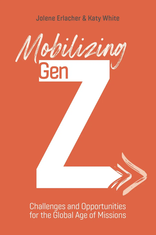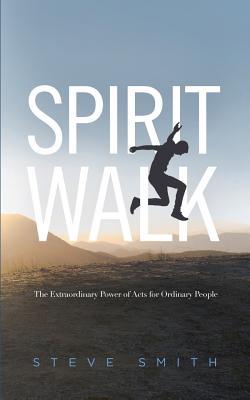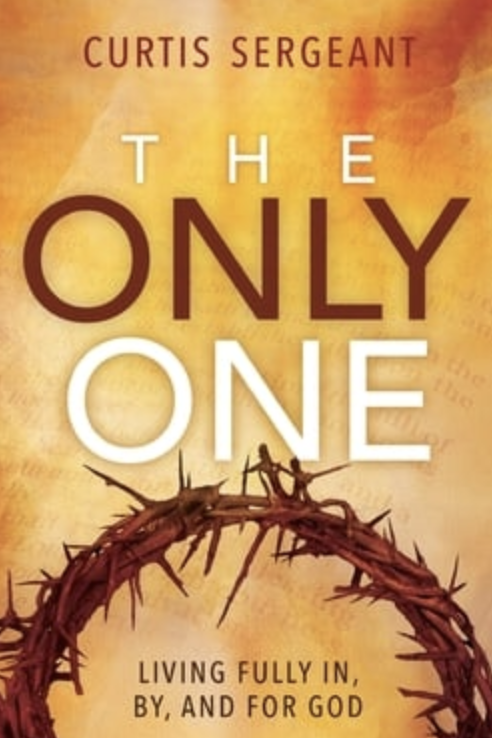|
That last command that Jesus gave in the book of Matthew was to go and make disciples. It’s a command repeated in all four of the gospels and the book of Acts and becomes the driving mission of the early church. Making anything requires some sort of process. Making disciples is no different. It may be formalized or informal, but disciple making requires an intentional investment of time, energy and teaching. It requires content - the commands of Jesus and the teaching of the Apostles. But what is the most important ingredient to a good discipleship plan? What was at the sharp edge of the discipleship spear for Jesus and for Paul? My own journey in learning to obey Jesus and make disciples has been a constant search for the best curriculum or book or training plan; something I can implement with my disciples. Something I can do and that they can then do as well. As I immersed myself in the establishment of the Thessalonian church these past few months, I discovered that the majority of Paul's time was not spent implementing the right teaching plan or training program. He was in Thessalonica just three sabbaths before he was forced to leave. He certainly taught them things. He certainly modeled things for them. The story in the Book of Acts and the two letters he wrote them point to his teachings and the lifestyle he modeled and expected them to imitate. But the thing that comes up over and over again, and the thing that is the pattern in all the letters he writes to all of the churches he was a part of establishing is that he was praying fervently for the new believers. As I study the scriptures I am coming to believe that Paul's prayer for his Timothy’s was at the leading edge of his discipleship process. It was the first thing he was focused on for his disciples. Prayer was the default activity. My default has been to focus on content or methods or strategies. I’m always praying but it has too often been the afterthought activity. I’m trying to grow in this and to shift my own paradigm around prayer and disciple making. How about you? How much are you praying for your disciples? Don’t take it from me, I’d encourage you to download this simple discovery Bible study and go through it with a group of friends. Disciple Making Prayer DBS Discover for yourself Paul’s (and Jesus’) focus on prayer for their disciples.
0 Comments
I was first introduced to Steve Smith through another book he was a part of writing: T4T: A Discipleship Re-revolution. That book detailed the work of Ying and Grace Kai as they labored toward a church planting movement in China. For me this was a paradigm shifting book and one I’d highly recommend. And so last year when I saw that Steve had a new book coming out, I knew I’d want to read it. As I learned more about the book and then started reading it, I quickly realized that it would be even more important for me than the first. Smith’s new book is called Spirit Walk: The Extraordinary Power of Acts for Ordinary People. It was written for people just like me. I grew up in a wonderful church environment but one which we sometimes joked believed in God the Father, God the Son and God the Holy Bible. I had a tremendous foundation of Biblical knowledge but the working and power of the Holy Spirit was sometimes lacking. I also had a strong Midwestern work ethic and desire for results which inevitably lead to the constant search for the silver bullet - the right method or tool or program that would get results. Spirit Walk is a book that will guide you into a new understanding and relationship with the Spirit of God. Here is a snippet from the preface: At the core [of church planting movements around the world] is not a method (though simple, Biblical methods are important). At the center is not a discipleship process (though life on life interaction is critical). What is driving and sustaining the explosive growth of God’s kingdom is the age old Spirit Walk that God designed us for. Disciples are learning to keep in step with the Spirit of the Almighty God who knows no boundaries, opens every closed door, and produces fruit that lasts for eternity. Spirit walk is an important book for anyone wanting to live a life of kingdom impact. It’s practical, relatable and a helpful guide into a more abundant relationship with Jesus and the Holy Spirit. In John 4, Jesus talks with a Samaritan woman at well outside of her town. During this interaction, the woman begins to suspect and even believe that Jesus might be the prophesied messiah. Leaving her water jugs, she rushes back to her community where she proclaims, “Come see a man who told me everything I did. Could he be the messiah?” We don’t know a lot about this woman, but the result of this simple statement is that the people of her villiage come out to see Jesus for themselves and many believed. Jesus spends two unplanned days with the townsfolk who end by saying, “We no longer believe just because of what you [the woman] said; now we have heard for ourselves, and we know that this man really is the Savior of the world.” [read the story here] We have learned to use this story as a teaching tool at our E2E training events. It answers a few questions to help us share the gospel:
The woman goes back to her community; her friends and family and acquaintances. This is her relational network. And our own relation networks are who we can begin to share with and for whom we should be praying regularly [Read: Personal Prayer Strategy]. The woman shares two things. The first is a one sentence summary of her story. The second is a question pointing to the gospel. Those are two ways we see the good news shared in the New Testament: personal testimony and gospel presentation. These are what we can share. And when does the woman begin to share? After her seminary training? After her confirmation class or new members class? No. The woman begins sharing immediately! She has discovered good news and she will not be stopped. With today’s article we want to look at that middle question: What do we share? We’ve previously written about a helpful tool for sharing the gospel called The Three Circles. There are a lot of great gospel sharing tools, but this is one we train people to use at E2E events. We also train everyone how to share their story in 15 seconds. This is just a smidge longer than the Samaritan woman’s testimony but the purpose is the same: to invite people to learn more about Jesus. This is something we’ve learned from the No Place Left coalition. We use the diagram below as a teaching tool to help shape our 15 second testimonies. There is also a great training video that I’d encourage you to watch both to craft your own 15 second testimony but also to have as a tool to train others. We aren't using the 15 second testimony to explain the fullness of the gospel. We use it to open up spiritual conversations that give us a chance to hear someone’s story and to invite them to come and discover Jesus for themselves. [Read an example of how this was shared] Crafting Your 15 Second Testimony
Watch the video below and allow Troy Cooper to train you to share your 15 Second Testimony. Your Assignment
I’ve been enjoying Paul Kroeker’s book In The Way of Jesus. It is a book I’d easily recommend to anyone concerned with the state of the church and disciple making today. One part of the disciple making journey is humility. Kroeker relates a story of a time he took a group of young adults to inner city Chicago for a week of ministry among the urban poor. Their first day of action found them serving at a soup kitchen where they washed dishes most of the day. The second day found them back at the soup kitchen and back at the dish washing. When the third day rolled around and they found themselves headed back to the drudgery of the dishwasher, the group became visibly upset. When asked about it one young man replied, “I didn’t come all this way just to do dishes. I could do that at home. I thought we were here to do something more exciting, like ministry.” The response from the leader of the ministry was this: “Until you can do dishes to serve the poor, I’m not sure we can use you anywhere else. Humility is the posture of Jesus. When we see that quality in you, we know we can ask you to serve anyone, anywhere, at any time.” Humility. What does true humility look like though? The anointed and future King David gives us a picture of humility in 1 Samuel 19. Once more war broke out, and David went out and fought the Philistines. He struck them with such force that they fled before him. But an evil spirit from the Lord came on Saul as he was sitting in his house with his spear in his hand. While David was playing the lyre, Saul tried to pin him to the wall with his spear, but David eluded him as Saul drove the spear into the wall. That night David made good his escape. I’ve most often been drawn to the spear in this story. It’s hard to miss Saul trying to pin David to the wall with it. But in this passage we see the true character of David. It begins with war and glory. David leads the men into battle and once again routes the enemy. He is the top dog, the leader of men, the hero of the hour. He should be given the key to the city, a ticker tape parade, his picture on the front of The Jerusalem Times. But rather than all of that, David returns to playing his lyre as a servant of the king. He returns not to a hero's welcome but to step again into his position as one of the court servants. David doesn’t dwell on what he deserves or what is the best use of his time. He skips all the questions of prestige and honor and his rights. He has just one question to answer. It's a question we all need to answer: How can I serve the King? |
The E2E Community
Categories
All
Good Books
Archives
April 2024
|
Proudly powered by Weebly










